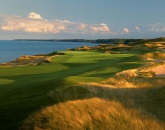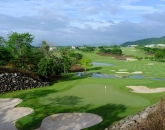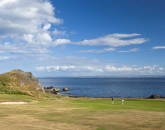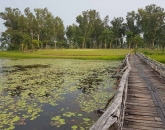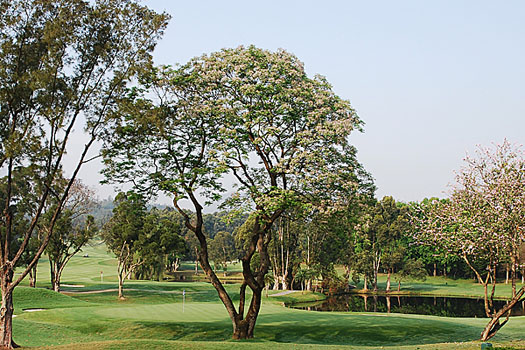
While the Asian golf course boom has given rise to many spectacular courses in recent years – a handful of which have hosted European and Asian Tour events – the historic Composite Course at the Hong Kong Golf Club remains a favourite among the pros thanks to its throwback design and first-class conditioning. As a test of golf, the Composite has withstood the test of time magnificently.
Measuring a shade over 6,700 yards, the par-70 layout, which comprises 10 holes of the Eden Course and eight from the New Course, can be considered short by modern standards – indeed, it is the most diminutive on both the European and Asian pro circuits – but as has been proved time and time again, low scoring is never easy to come by. The Composite flies in the face of the modern maxim that courses must be long in order to be challenging.
"The course is at its best when it plays hard and fast," says Randy Witt, the courses manager at the Hong Kong Golf Club. "When the Composite is firm, which, weather permitting, is how it'll be during the Hong Kong Open, it's no surprise to see the best players at the top of the leader board."
Witt, an American who has worked at Fanling for seven years, leads a team of 95 course staff and says that although their preparations for the Open commenced in the summer, the number of changes required to make the course "championship ready" are less than one might imagine.
"Probably the biggest difference compared to how the course is normally set up for our members is the height of the rough, which we like to boost up for the tournament – we haven't cut it since the third week of September," says Witt. "As far as the greens are concerned it's about fine-tuning them. Our members like fast surfaces anyway, so if the weather is kind we'll be shooting for them to run at around 11 on the Stimpmeter. That's the benchmark."
While the European Tour often advises courses on how they should be set up, they have less of a need to influence preparations at Fanling, which has hosted every Open since the inaugural event in 1959. "They might ask us to do a few little things, and we'll touch base during the event, but their input over the past couple of years has been quite minimal," says Witt.
One of the features of the Composite – and one of the key reasons why the pros haven't been shooting lights out in recent times – is the way the run-off areas around the greens are prepared. Where before they were kept quite long, leaving players a relatively straightforward chip, they have now been shaved down so that errant approaches are given the treatment they deserve. As a result, the onus has been put back on ball striking.
Over the past few years the Club has also had a green management programme in place, which has lessened the impact of grain on the putting surfaces. The Composite Course's greens are made up of a mixture of different Bermuda grasses, a strain common in warm climates, and grain – the direction that the individual blades of grass grow, which can affect putts – had previously been an issue. But regular verticutting and topdressing has helped significantly, and the greens, members say, are as good as they've ever been. Feedback from the pros at last year's Open was also universally positive, which given their predilection for criticising even the most famous of courses when they see fit, is high praise indeed.
Click here to see the published article.




